What Is Diffuse Intrinsic Pontine Glioma (DIPG)?

What is DIPG?
DIPG stands for diffuse intrinsic pontine glioma. It is a type of high-grade glioma, a brain tumor that comes from cells called glia that surround, protect, and otherwise support the nerve cells in the brain.
DIPG is always found in the brainstem. This part of the brain controls many basic functions like breathing and swallowing, as well as muscles that help with speech and eye movements.
It is most common in elementary school-aged children, but it can affect children of any age.
Learn more about childhood cancer >
About 250 kids in the U.S. are diagnosed with DIPG each year.
What I Learned From My Daughter’s DIPG Diagnosis
When Kristine’s daughter McKenna was diagnosed with a rare pediatric brain tumor that no child has ever survived, she learned there was no known cure because of a lack of funding for research. You can help — get involved.
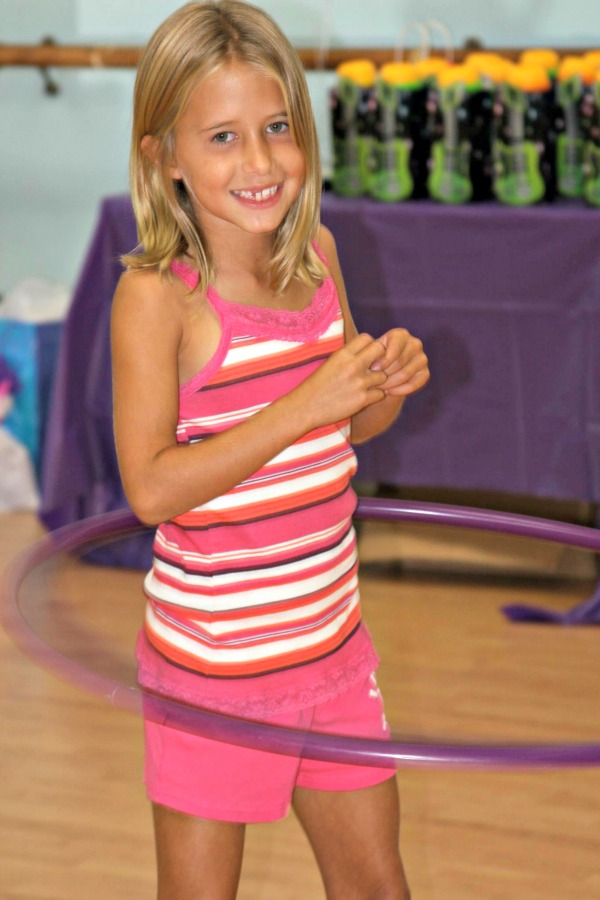
McKenna was diagnosed with DIPG, a deadly brain tumor, when she was 7.
Childhood cancer was never even a consideration in our minds before that scan, but less than 24 hours and one MRI later, we found ourselves surrounded by doctors at the nurses’ station in the PICU waiting to hear the diagnosis.
It was in the midst of that chaos that we were told our daughter had diffuse intrinsic pontine glioma, or DIPG, an extremely rare pediatric brain tumor that typically strikes between the ages of 5 and 7, infiltrates the brain stem, and has a 0% survival rate.
Meet the St. Baldrick’s Innovation Award Winners
What do researchers Dr. Alex Huang and Dr. Carl Allen have in common? Passion, curiosity, drive, brilliant ideas, a desire to help kids — the list goes on! And now there’s something else. They are both recipients of the first St. Baldrick’s Innovation Award. What do they want to do with this unique grant? Read on to find out.
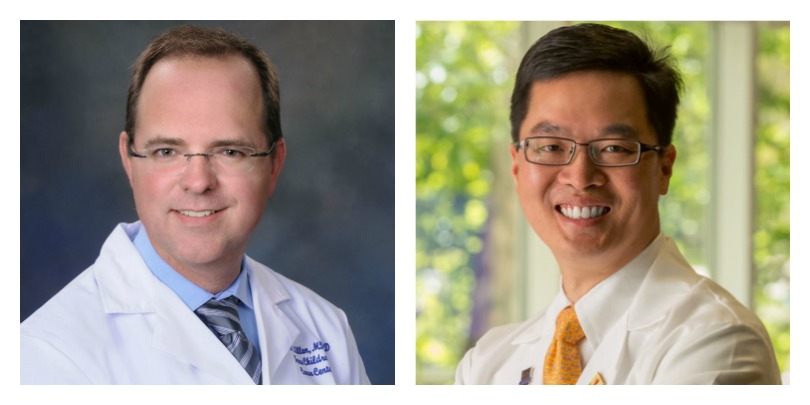
Dr. Carl Allen (left) is an associate professor at Texas Children’s Cancer Center and one of the investigators involved in the North American Consortium for Histiocytosis (NACHO), which received a St. Baldrick’s Consortium Grant. St. Baldrick’s researcher Dr. Alex Huang (right) is a professor of pediatrics at Case Western Reserve University School of Medicine and a 10-time shavee with St. Baldrick’s.
St. Baldrick’s researchers Dr. Alex Huang and Dr. Carl Allen work on different projects, in different labs about 1,300 miles away from each other.
Dr. Huang primarily studies how immunotherapy can help kids with cancer, while Dr. Allen studies Langerhans Cell Histiocytosis or LCH, which is caused by out-of-control immature white blood cells. The disorder can cause inflammatory tumors, damage organs and even cause brain degeneration in some patients.
The two researchers may work in different areas on different projects, but since the start of their careers in medicine, they’ve shared a goal — to help sick kids get better. And now they have something else in common.
From the Balance Beam to the Barber’s Chair: Juliana’s Story
Whether on the mat or under the clippers, Honored Kid Juliana lives with passion — and a brain tumor will never take that away from her. Learn more about Juliana, her diagnosis and its impact, and why she shaved her head for kids like her.
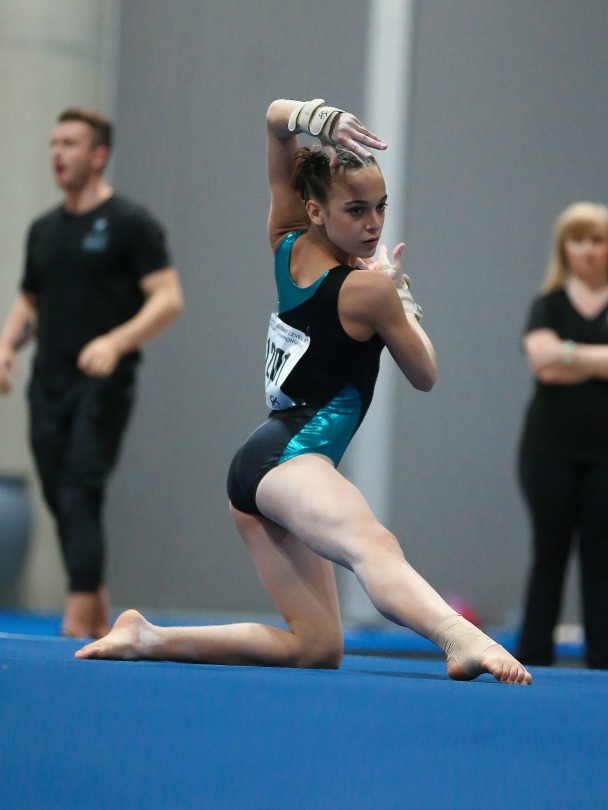
Juliana competes at a gymnastics championship before her diagnosis.
Growing up, I was active and always full of energy. To fuel my need for excitement, my parents enrolled me in gymnastics. I soon discovered that gymnastics was my calling. After winning many state titles and high-level regional and national titles, I was on my way to becoming a USA Gymnastics Elite gymnast.
In May of 2015, I started having difficulties with my vision and balance.
St. Baldrick’s Fellow Studies Promising Treatment for High-Grade Gliomas
When St. Baldrick’s Fellow Dr. Adam Green learned about high-grade gliomas and met kids diagnosed with the brain tumors, he knew he had to help. And today he’s doing just that. Read on for more about Dr. Green, his exciting research, and how St. Baldrick’s helped him make it happen.
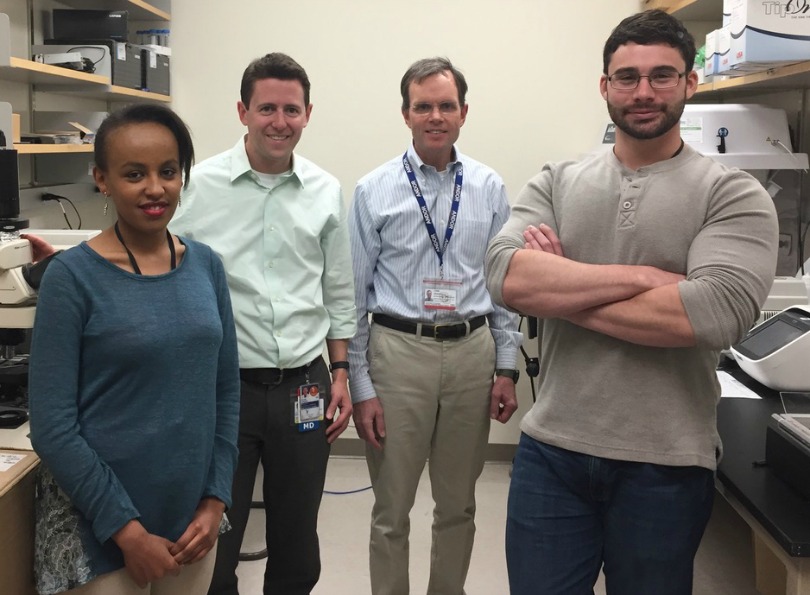
Dr. Adam Green in his lab at the University of Colorado with his lab members, from left to right: Rakeb Lemma, Dr. Green, John DeSisto and Patrick Flannery. Dr. Green’s research is funded in part by the Luke’s Army Pediatric Cancer Research Fund, a St. Baldrick’s Hero Fund created in memory of Luke Ungerer, a little boy who died of brain cancer.
Dr. Adam Green distinctly remembers the first time he gave a family the news that their child had an aggressive, fatal brain tumor. It was an experience that’s hard to forget.
Happiness is a Form of Courage
Tracey Blackmore lost her son Brooks to brain cancer last year. In this guest blog, she describes how she both grieves for her little boy and gives back in his honor.

Tracey and Brooks laugh together.
There are so many different ways to deal with the grief of losing a child. There is no “right” way, but I knew what MY way had to be. I knew I had to wake up everyday and choose happiness in my son’s honor.
Brooks Blackmore was only 5 years old when he was diagnosed with two stage 4 brain tumors on June 13, 2015. We were told that they were inoperable, there was no cure and radiation was the only hope to prolong his life.
‘They Know Who They’re Fighting For’: Luke’s Legacy
Honored Kid Luke was just 3 years old when an MRI scan revealed a large tumor in his brain. When Luke passed away seven months later, his parents chose to honor Luke by starting a Hero Fund in his name — and they’ve been working hard to help fund childhood cancer research ever since. This fall, they got to see first-hand how their hard work is paying off. Luke’s dad, Scott, tells the story.
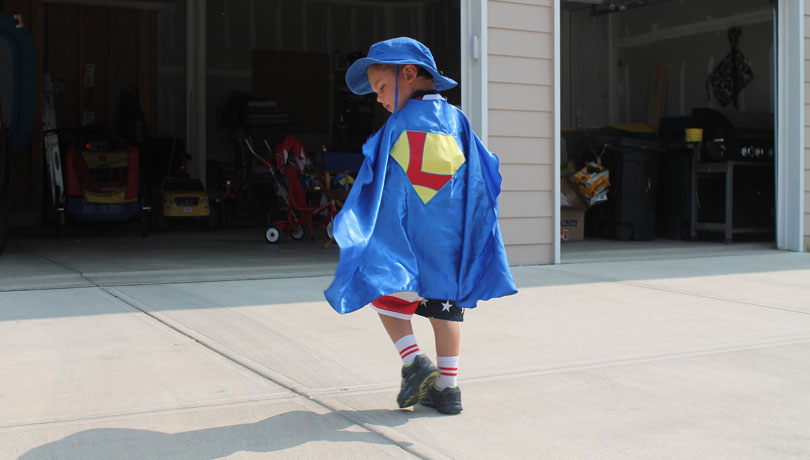
You can learn more about Luke’s Army by visiting his Hero Fund.
This is a story about love.
A story about joy and happiness, fear and anger and sadness — about faith and, ultimately, hope.
This story begins with one tiny drop of water in the vast ocean of life.
Tenacious and Fighting: Atticus’ Story
Honored Kid Atticus was diagnosed with a rare form of brain cancer called choroid plexus carcinoma (CPC) after a scan revealed a tumor the size of a tennis ball. Now, the 2-year-old is halfway through chemotherapy and feeling better, and he and his family are ready to face the road ahead.
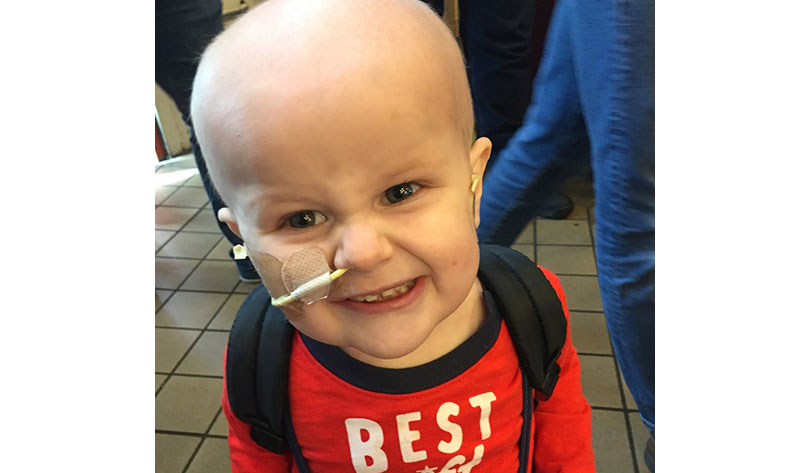
Atticus seemed like happy, healthy baby.
“He was very self-sufficient as a baby,” said his dad, Caleb. “He loved being on the floor and playing around.”
But suddenly, Atticus’ easy-going demeanor changed.
St. Baldrick’s and the National Brain Tumor Society Join Forces to Defeat Pediatric Brain Cancer
Brain cancer is now the leading cancer killer in kids, and St. Baldrick’s has just partnered with the National Brain Tumor Society to do something about it. Read on for more about what this partnership is going to do about brain cancer and how it could revolutionize childhood cancer research forever.
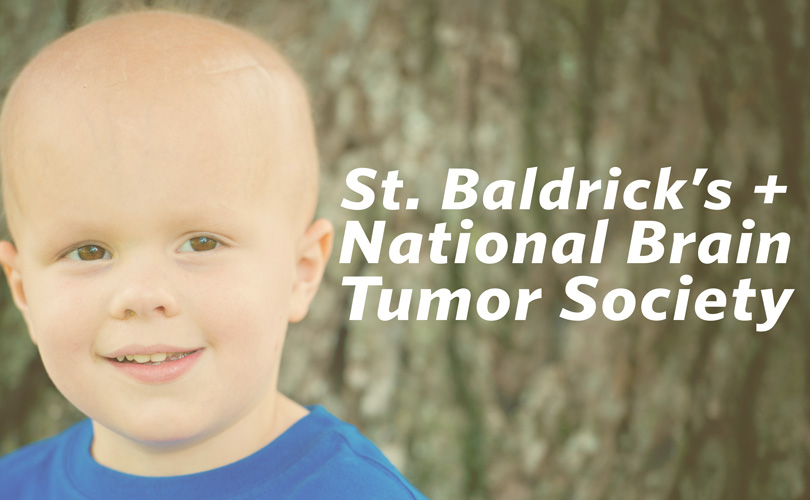
Many kids with leukemia are now getting better and surviving their cancer, thanks to great strides in childhood cancer research over the years. But unfortunately, a lot of kids with brain tumors are not seeing the same results.
In fact, brain cancer just outpaced leukemia to become the number one cancer killer in children, according to a new report from the Centers for Disease Control and Prevention.
Holding on to Hope: Our Family’s DIPG Story
At 12 years old, Hope dreamed big. She wanted to be the next Asian Taylor Swift, a doctor, a nurse, or maybe even a minster. She had a lifetime of plans to make a dreams to chase until she was diagnosed with DIPG, a pediatric brain tumor with no known cure. Her mom tells her story.
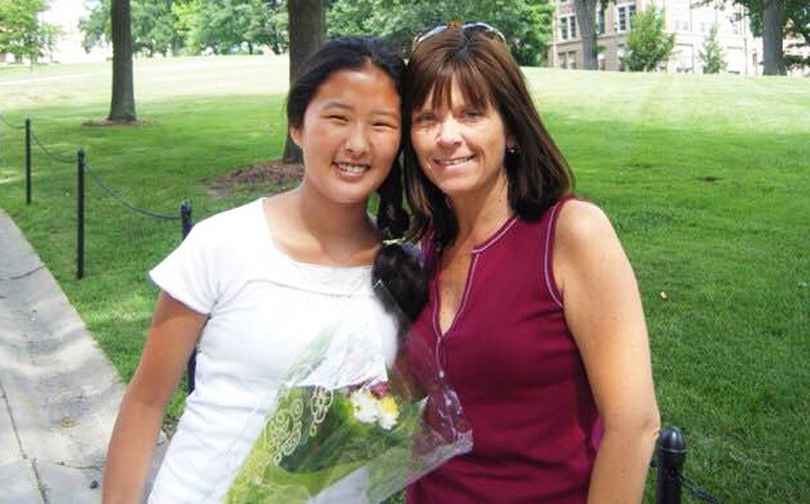
There is a song that Garth Brooks sings that includes the lyrics, “Some of God’s greatest gifts are unanswered prayers.” That is exactly what Hope was to our family.
« Newer PostsOlder Posts »

 SBF
Tweets »
SBF
Tweets »